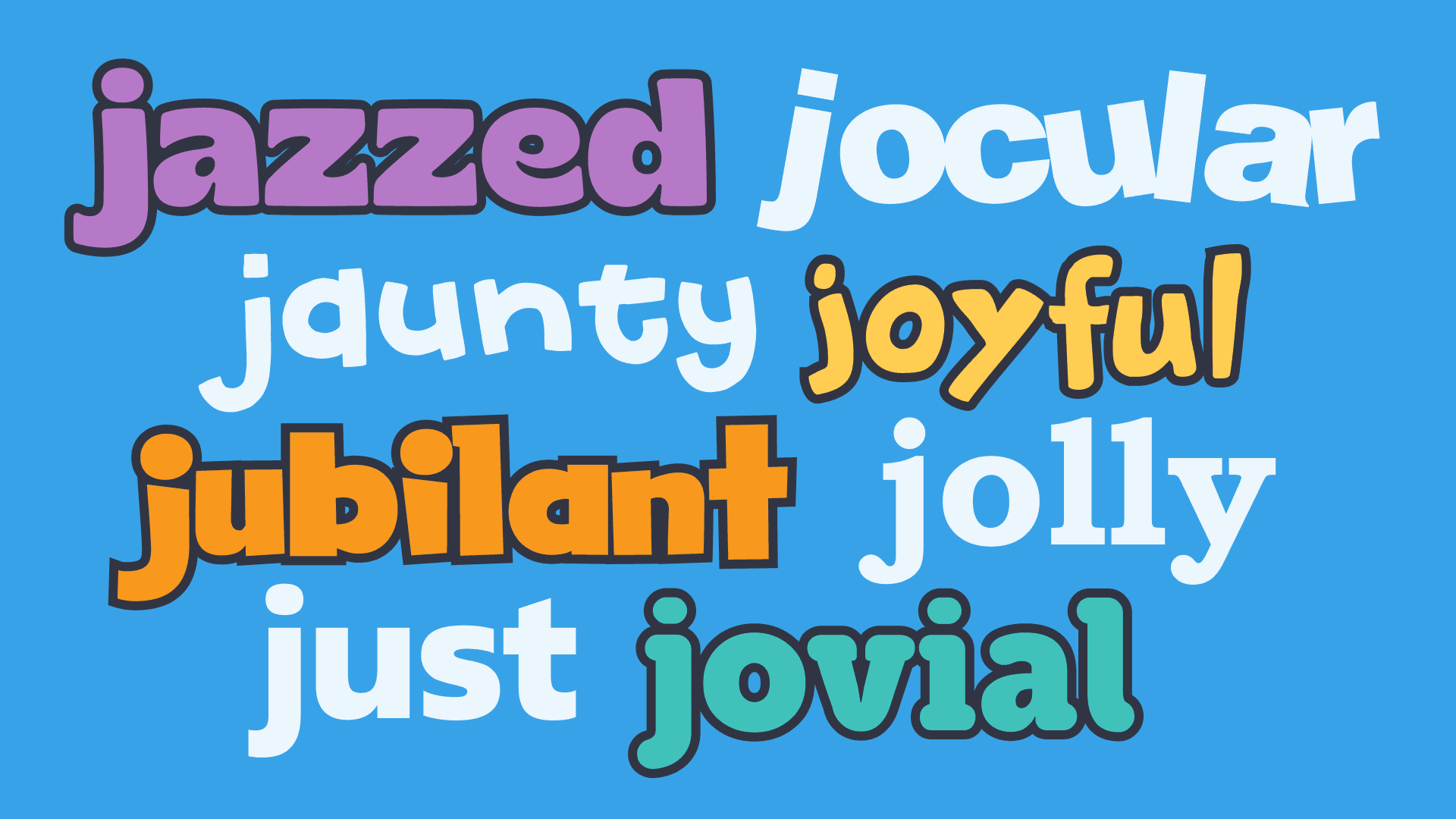Easy DIY Diwali craft ideas & art activities
In this guide
Introducing Diwali and its cultural significance
Diwali, sometimes called Deepavali, is a five-day Hindu festival celebrating the triumph of light over darkness. Outside of the Hindu faith it is also celebrated by Jains, Sikhs, and some Buddhists.
Diwali is an important holiday to those who celebrate because it marks the beginning of the Hindu new year.
So, how can you share the festival of lights and its cultural significance with your students?
A good place to start is ClickView’s Diwali topic. The short, educational videos on this page will highlight some of the most important aspects of Diwali, how it relates to Hinduism, and how it’s celebrated around the world. You’ll also find helpful resources like Teacher Packs and suggested worksheets accompanying the videos.
Next, it’s time to jump into some Diwali art activities! What better way to celebrate light than by experimenting with colourful crafts? Read on for some of my favourite Diwali projects for kids and classroom celebration ideas.
Simple Deepavali craft ideas for classroom settings
Diwali is all about crazy colours and ways to bring light indoors, so you’ll notice that these Deepavali craft ideas centre around different types of lanterns and other sources of light.
Here are some super simple Indian festival crafts that will light up your classroom!

1) DIY diyas
A diya is a traditional oil lamp. The lighting of the diya is symbolic of the triumph of light over darkness, good over evil, and knowledge over ignorance. Your students can craft their own diyas in the classroom using simple art materials like paper, glitter, and stickers.
Materials:
- Paper cupcake holders.
- Glitter glue or stickers.
- Coloured markers.
- Battery-operated tea lights.
Method:
Give each student a paper cupcake holder and crafting materials. Encourage them to decorate the outside of the cupcake holder – this will be the outside of their diya.
Once their diyas are complete, give each student a battery operated candle or tealight to insert into their diya. The artificial glow is both school-safe and gorgeous to behold!

2) Paper lanterns
Paper lanterns are a traditional Diwali decoration. This Diwali art project for kids is along the same vein as the diyas, but it’s a little elevated since it involves more fine motor skills.
Materials:
- Coloured construction paper.
- Kid-friendly scissors.
- Tape or glue sticks.
- Twine or string.
- Decorative elements like glitter, stickers, or sequins.
Method:
There are a ton of ways to go about paper lantern making, so feel free to experiment with the steps and adjust to your students’ level.
First, take a piece of construction paper and form it into a large cylinder (I prefer hamburger-fold for this over hotdog-fold). Tape or glue the ends of the paper together. This is the outside of the main part of your lantern.
Second, use scissors to cut thin strips of construction paper. Attach these strips using the tape or glue to the base of your lantern to form a decorative fringe.
Third, attach the string to the top of the lantern in two spots. This is what you’ll use to hang it up.
Finally, decorate the outside of your lantern using whatever crafting materials you have on hand!
3) Fireworks!
Who doesn’t love fireworks? (Honestly, me, they’re super dangerous). Here’s another safe way to create artificial flames in your classroom – no explosives involved.
Materials:
- Black craft paper.
- Liquid glue.
- Table salt.
- Watercolour paints.
Method:
First, students will use the glue to create firework shapes on the black construction paper. While the glue is still wet, they sprinkle the salt over the shapes. Excess salt can be removed by gently shaking it off of the paper.
Once the glue is dry, it’s time to break out the colours! Students can use the watercolour paints to add layers of colour to the fireworks. They should use small paint brushes to gently wash the colours over the dried salt. Ta-da!
Hands-on Diwali art activities across subjects
If you’re looking for some Diwali art activities that feature cross-curricular connections, look no further!
Here are some Diwali art projects for kids that branch across different school subject areas.
1) Rangoli designs
Related subjects: geometry, mathematical symmetry, ratios.
Rangoli is an Indian art form where colourful patterns are created on the ground or on the floor. The geometric designs represent joy, positivity, and life.
Make maths class a lot more colourful by making rangoli designs with your students! Some options for materials are coloured sand, rocks, or flower petals. If you have access to an outdoor space, coloured chalk is a great option that is super easy to work with.
2) Diwali greeting cards
Related subjects: English, LOTE, writing, poetry.
Send your wishes for a happy and festive Diwali to your family and friends via a handmade greeting card! During Diwali it is important to focus on positive thoughts, joy, and thankfulness.
You can use your existing curriculum to guide this activity. Feel free to have your students practise their poetry skills, sentence composition, or even a foreign language in the message!
Once the cards are finished, students can decorate them with colorful illustrations of oil lamps or fireworks.
3) Elephant exploration
Related subjects: science, zoology, research.
Elephants are sacred in the Hindu religion. Honour the wise elephant by using it as both a decoration and a research project!
First, have your students conduct research on elephants. They can look up facts about different topic areas such as their habitat, life cycle, and diet.
Provide, or have your students create, elephant-shaped cutouts. On the cutout, students should write 3-5 of their favourite elephant facts. Once they’re finished writing, they can decorate the elephants using traditional motifs!

Encouraging creativity through traditional motifs and symbolism
If your students need some inspiration for making their festival crafts look their very best, look no further than traditional Hindu motifs and symbols.
Here are some traditional designs and what they represent in Hindu culture:
Lotus flowers
- Represents beauty, a promise of purity and unfoldment.
Angali
- The symbol of two hands pressed together as if in prayer, meaning two joined as one, or the bringing together of spirit and matter.
Cow
- A cow, or ‘Go’, is a symbol of the earth as a provider.
Mouse
- A mouse, or Musika, represents abundance in family life.
Peacock
- A peacock, or Mayil, symbolizes the glory of religion.
Mandalas
Another way to get the creativity flowing is to play some traditional Indian music in the background while they’re working!
Now that your students have learned all about Deepavali and created some beautiful works of art, why not show them off? After all, what better way to celebrate Diwali with your students than to showcase their work while simultaneously decorating your classroom?
Any number of the crafts above can be converted into a classroom decoration. If multiple classes in your year level are making similar crafts, maybe the work can even be displayed in the school hallway or foyer, so the beauty can be enjoyed by everyone!

Jessica Pastore
briefcase iconMuseum Educator
Jessica Pastore is a museum educator living and working in New York City. Her background is in social studies education and world history. She has taught in both classroom and gallery settings for the past ten years.
Other posts
Want more content like this?
Subscribe for blog updates, monthly video releases, trending topics, and exclusive content delivered straight to your inbox.











